9 Best Temples To Visit in Nara for a Spiritual Journey
Nara, an ancient city in Japan, is a wonderland of historical monuments reflecting the splendor of previous eras. This precious city is home to numerous temples and shrines, embodying Japan’s religious and cultural heritage. This article provides a travel guide for anyone who wants to travel to Nara to explore the best temples and shrines.
Exploring the Best Temples to visit in Nara
Nara Park is one of the top attractions in the area, located in central Nara. It offers an idyllic setting with various beautiful shrines and temples within its perimeters. Roaming around and visiting Nara Park is one activity that tourists enjoy thoroughly.
As one of Japan’s early centers for Buddhism, Nara contains a high concentration of magnificent temples that display centuries of architectural and artistic mastery. These 9 temples are the must-visit attractions to appreciate when traveling in Nara.
Todai-ji Temple: A Symbol of Nara
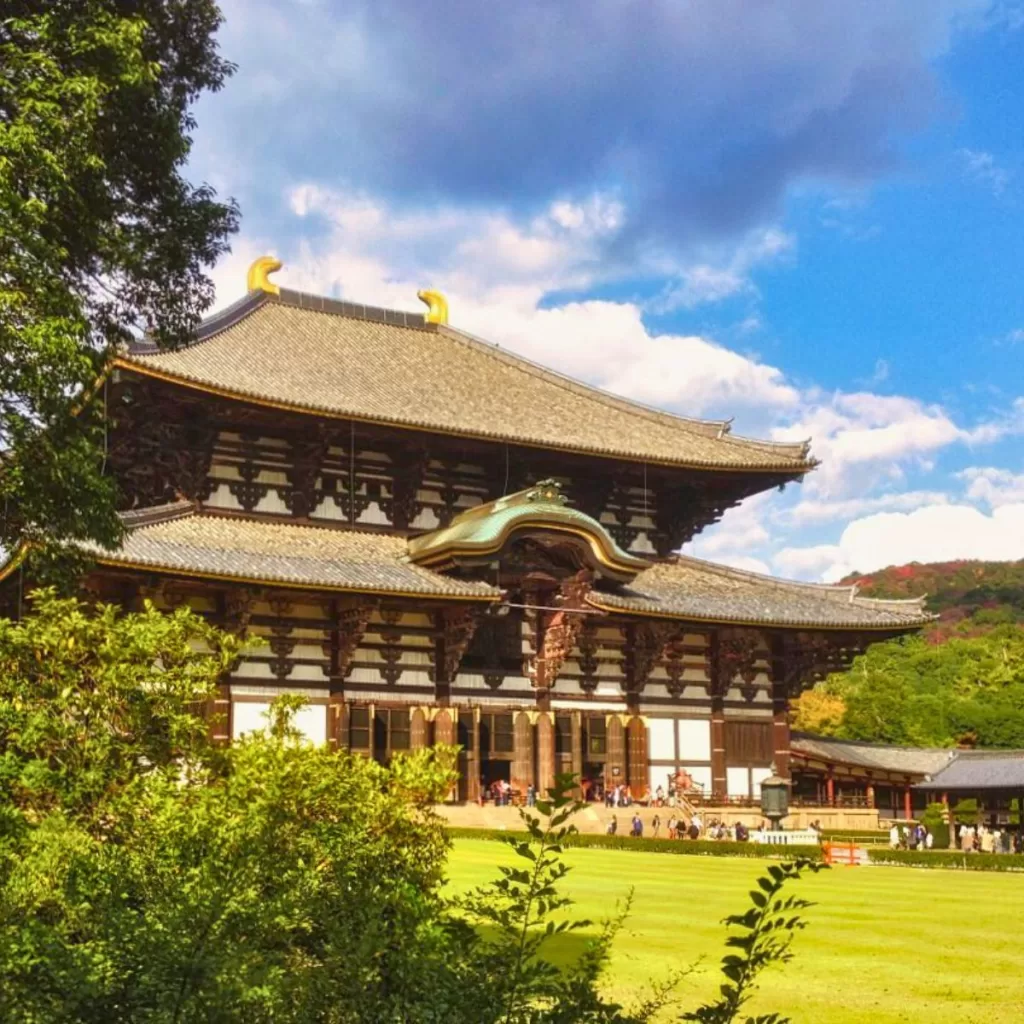
Todai-ji temple is one of the most famous Buddhist temples in Japan. It was one of the seven great temples established during the Nara Period (710 – 794 AD). Its Great Buddha Hall houses the greatest bronze statue of Buddha in Japan.
Todai-ji Temple is one of Japan’s most famous temples and home to the largest bronze Buddha statue in the country. This impressive 8th-century Buddhist temple is a must-see for its Great Buddha Hall and 15-meter tall Daibutsu Buddha statue.
This powerful 8th-century temple served as the headquarters for the Kegon school and a place of great cultural importance, exemplified by the skilled craftsmanship of the Great Buddha and pagoda. Visitors today can admire stunning Buddhist sculptures and towering ancient architecture that conveys Todaiji Temple’s influential heritage.
Hōryū-ji Temple: A UNESCO World Heritage Site
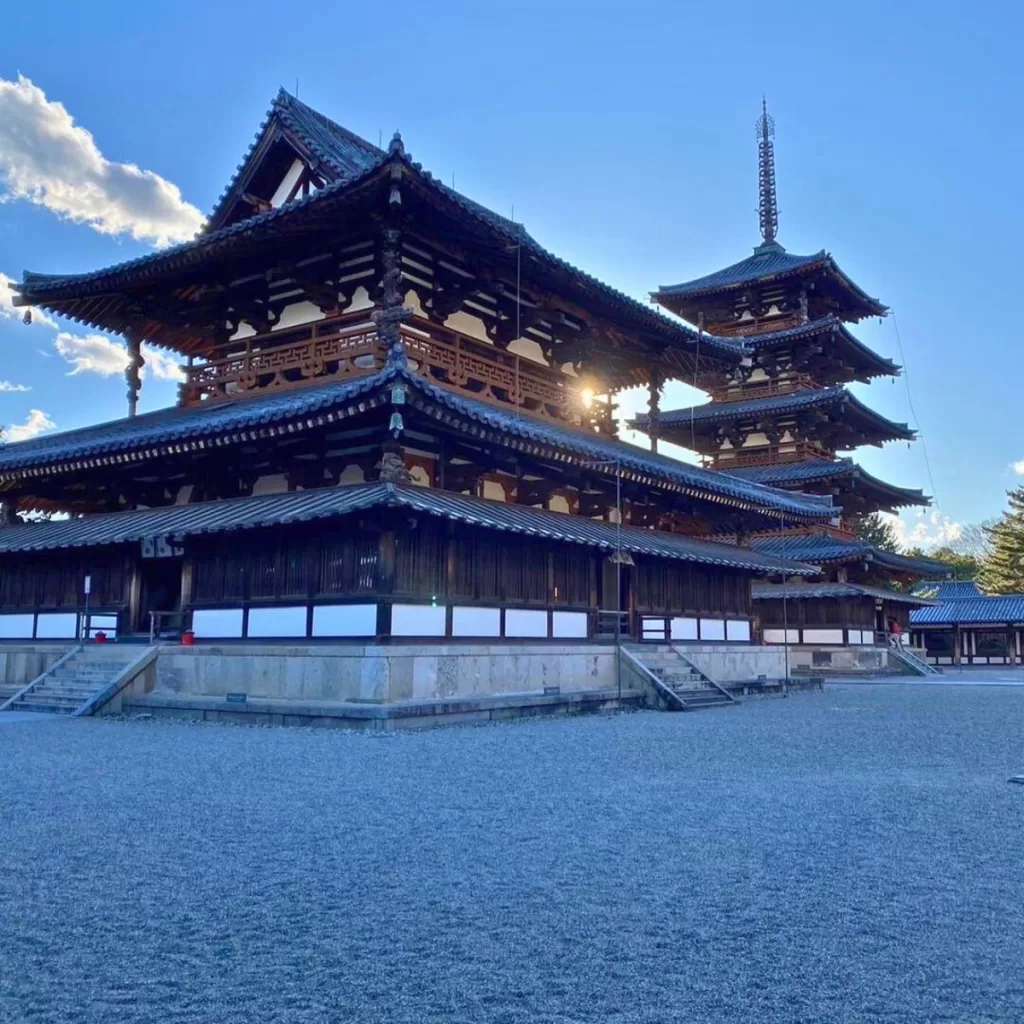
One of the oldest wooden structures worldwide holds its place within this temple complex, founded by Prince Shotoku around 607 AD. Notably, Hōryū-ji also features one of Japan’s oldest pagodas, marking it as one of the historic monuments of ancient Nara.
Holding the honor of Japan’s oldest extant wooden structure, Horyuji Temple was founded in 607 and contains some of the world’s oldest surviving wooden buildings. This historical Buddhist temple has two sections – the Saiin, with its ancient pagoda and the famous Yumedono Hall, and the Toin, known for its central Kondō Hall. Visitors to Horyuji Temple can marvel at the masterful craftsmanship still intact after over 1400 years.
Yakushiji Temple
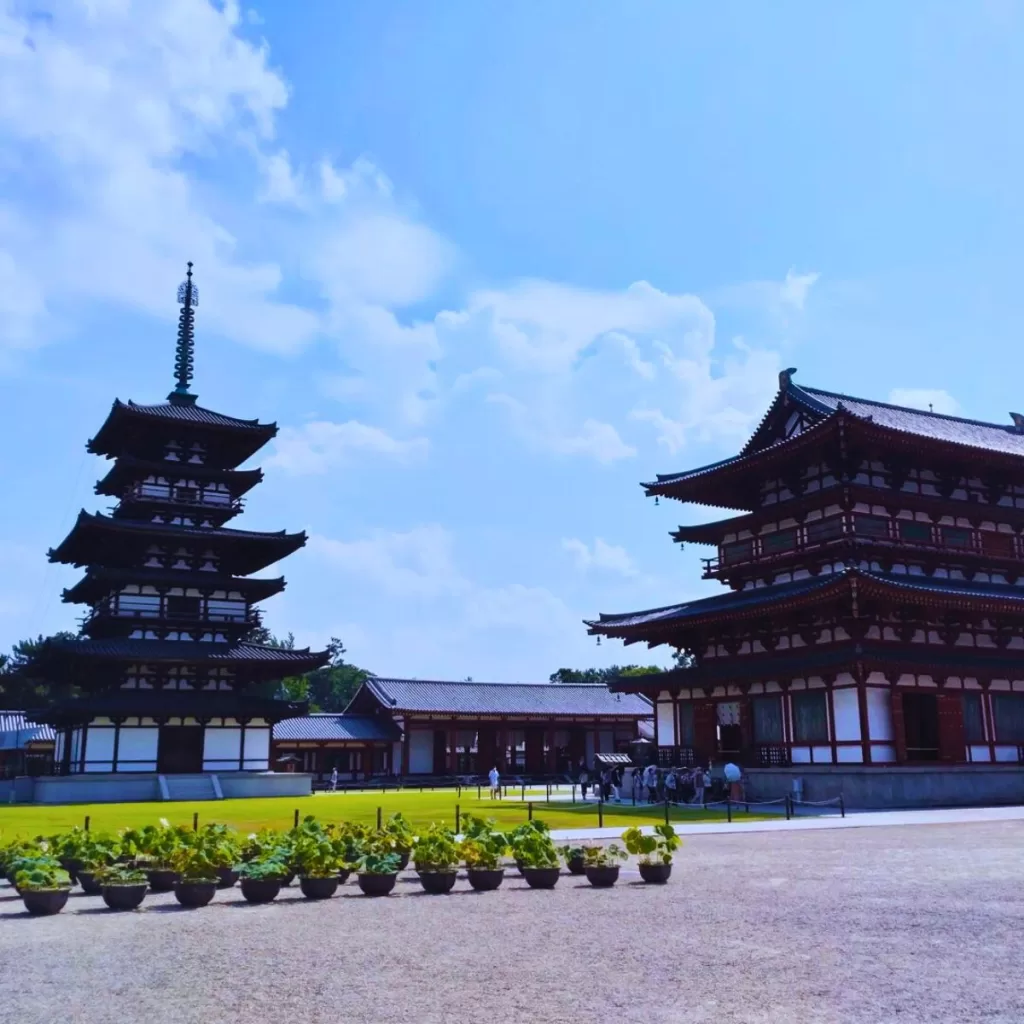
This historic temple was built in 680 as part of Nara’s formative role in developing Japanese Buddhism and hosted envoys from ancient China and Korea. Although damaged over time, the complex still contains many original buildings, like its east pagoda – one of the oldest three-story towers in Japan. Visitors can also see precious artifacts and wander the grounds to feel the Yakushiji Temple’s ancient culture.
Yamato-Saidaiji Temple: Cultural Heartbeat
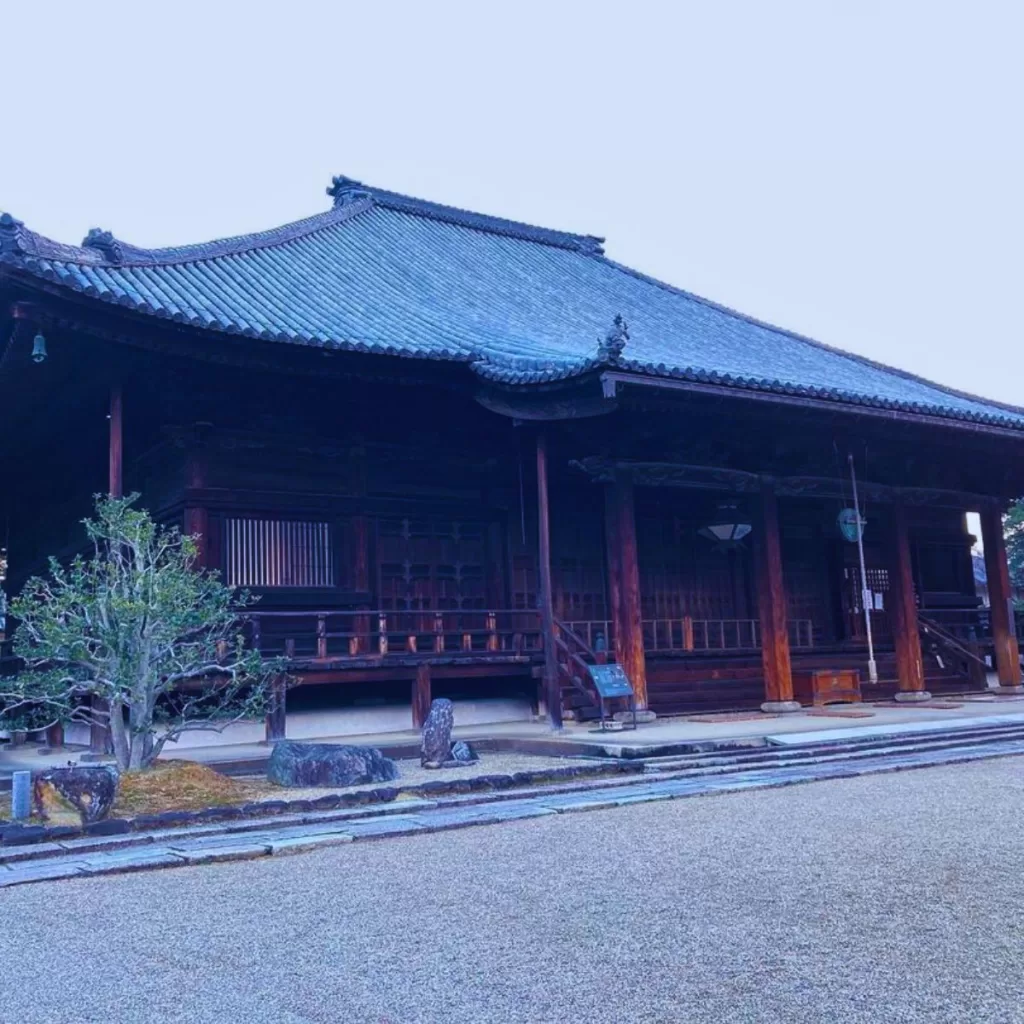
Saidaiji is the prominent head temple of the historic Shingon Risshu Buddhist sect and features a renowned two-story main hall. But its biggest draw is hosting Japan’s oldest Naked Man festival, Saidaiji Eyo Hadaka Matsuri, every February. Visitors can watch a sacred masked naked man fight his way through crowds to touch a wooden shrine talisman, symbolizing fertility.
Among many temples residing in the backdrop of stunning landscapes, the Yamato-Saidaiji temple has a significant position. Established in 765 AD, this temple served as a learning center for monks from China and Korea.
As the prominent head temple of the historic Shingon Risshu Buddhist sect, Yamato-Saidaiji Temple provides an intriguing look into esoteric Himalayan artwork and traditions. The small yet captivating Saidaiji Hall houses an enchanting 18th-century mandala painting of the Womb Realm and a mesmerizing collection of 251 miniature Buddhist deity statues. Getting to quietly examine these detailed ancient works, preserved by Nara’s climate, makes for a uniquely meditative experience. Saidaiji Temple offers a peaceful change of pace from Nara’s larger complexes.
Toshodai-ji Temple
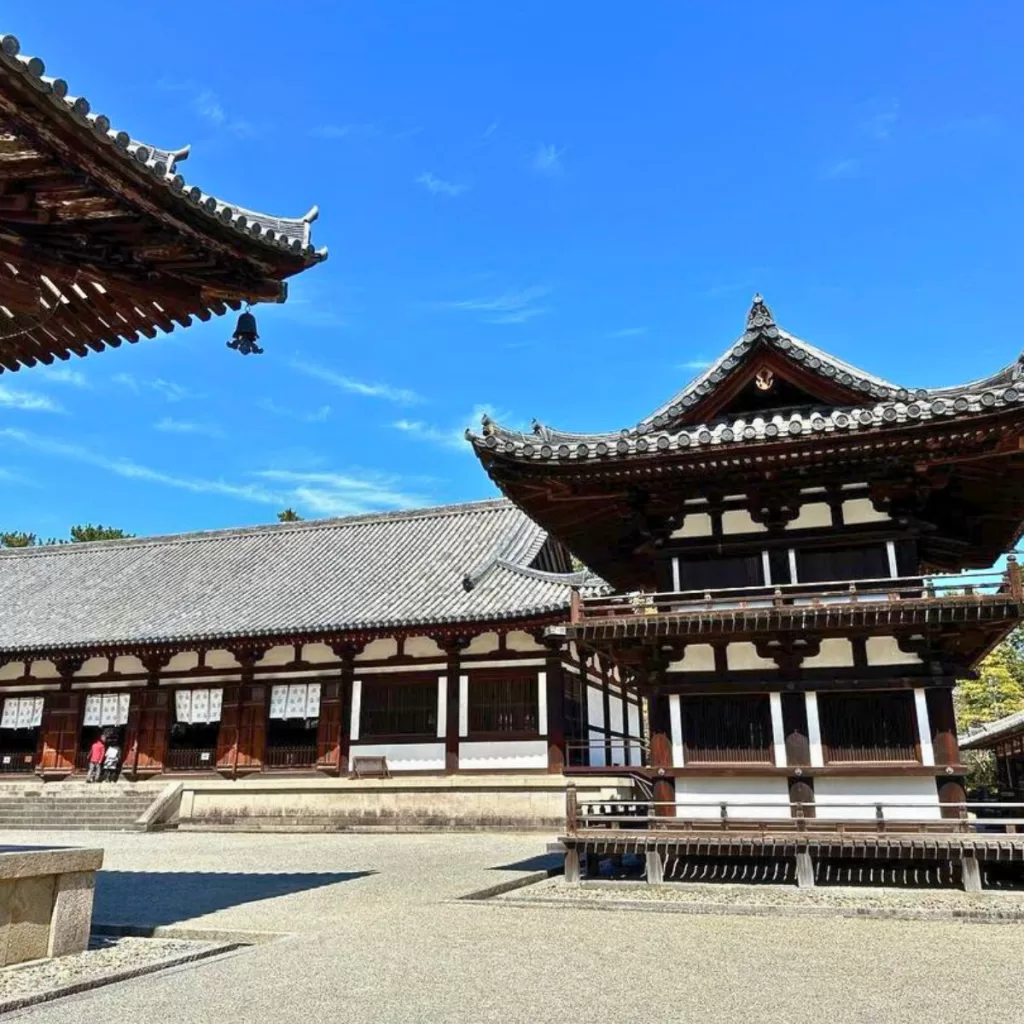
Established in 759 by a Chinese monk, Toshodai-ji features splendid buildings like the Golden Hall and a two-story pagoda. The temple holds many cultural artifacts and statues.
The Golden Hall holds intricate statues of Shaka Buddha and other bodhisattvas, and the reception hall has ceiling artwork painted by Ganjin himself. The temple’s long history and artistic heritage centered around its founder, Ganjin, make it one of the significant places to visit in Nara.
Kofukuji Temple
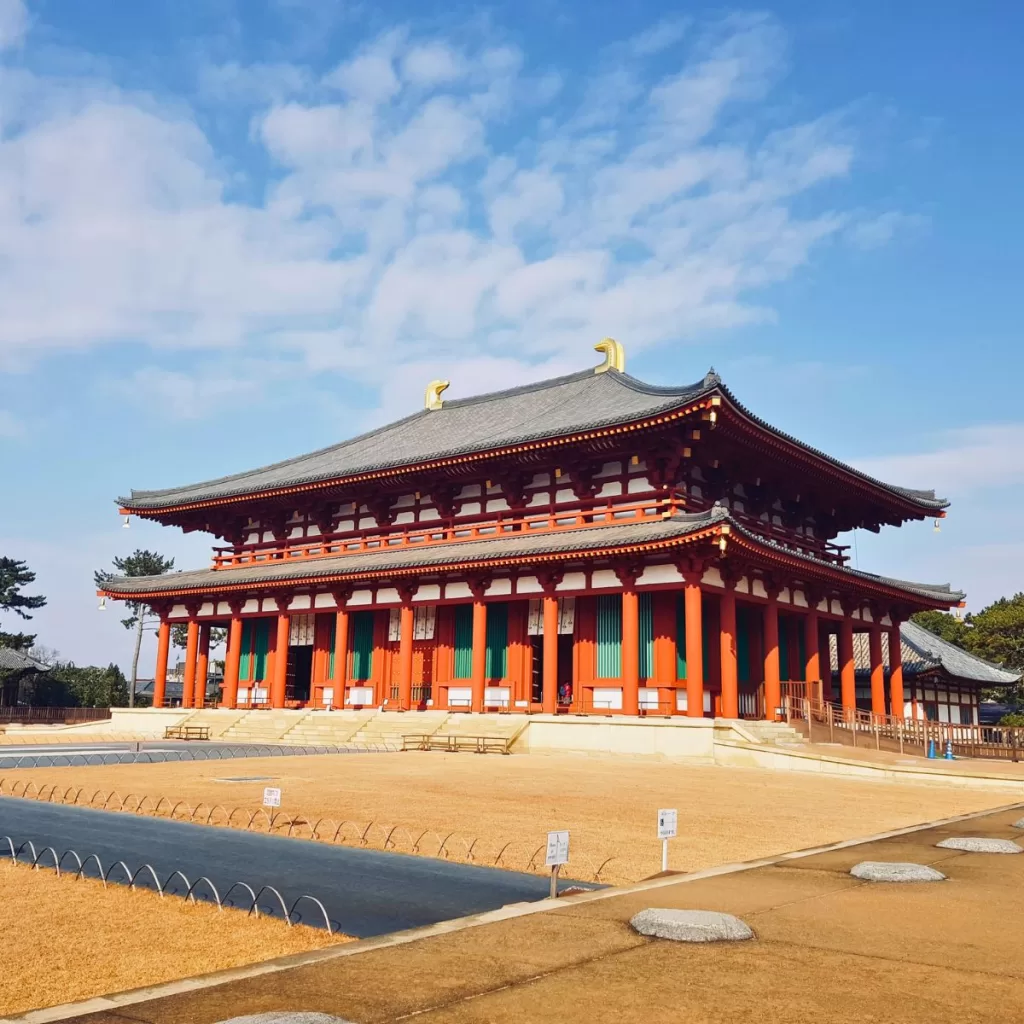
As the influential head temple of the Hosso sect of Buddhism in Nara, Kofukuji Temple’s lineage can be traced back to 669 AD. The temple has retained its distinctive five-story pagoda, cultural treasures in the Tokondo (East Golden Hall), and architecture featuring Tang dynasty motifs in the Nanendo Hall. Exploring Kofukuji’s sprawling grounds offers a look into both Nara’s role in the spread of Buddhism and the cultural connection between Japan and China.
Hokkeji Temple
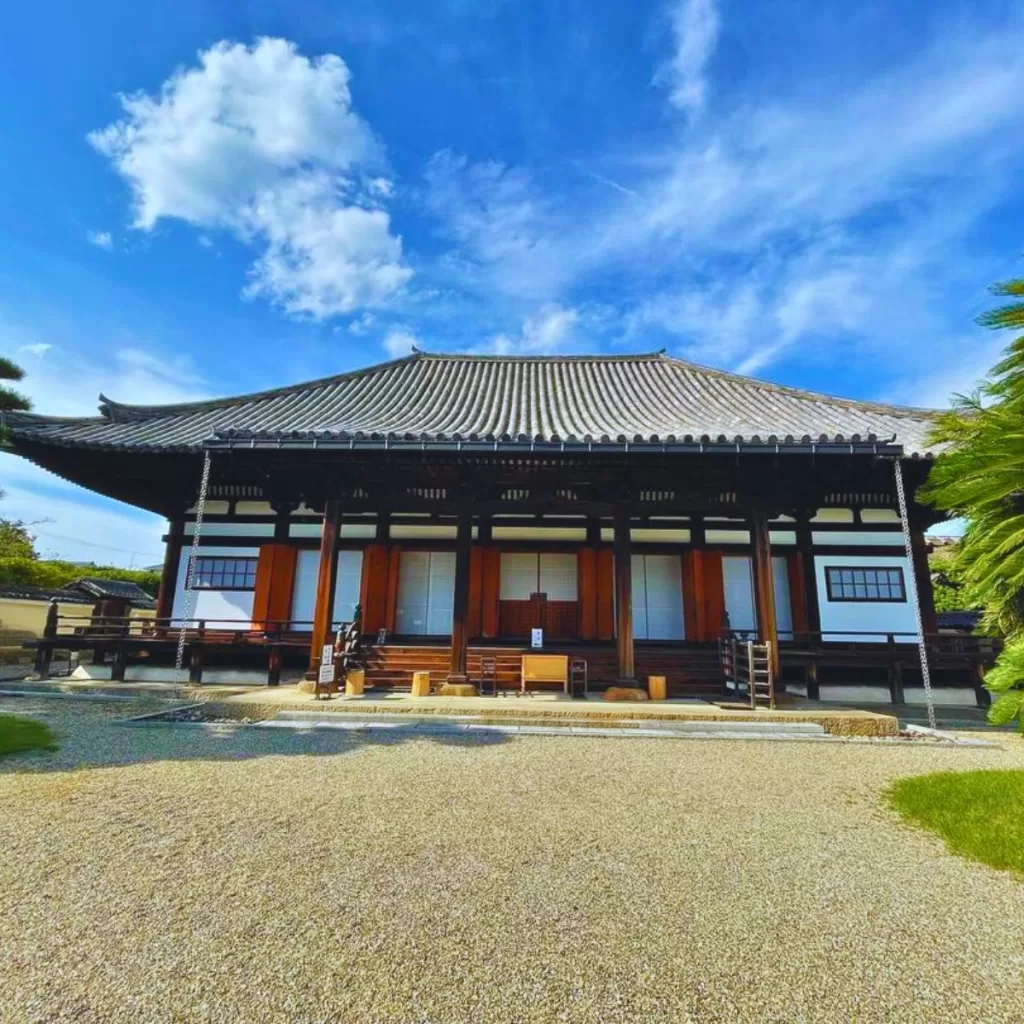
Nestled amid serene bamboo groves, the small and intimate Hokkeji Temple allows visitors to admire masterful ink landscape paintings and delicate artwork created by medieval Zen monk Tensho Shubun.
Inside its Golden Hall are intricately carved statues of Buddhist deities surrounded by Shubun’s exquisite details and natural motifs. Strolling the peaceful grounds filled with zen gardens and historic tea houses, it’s easy to see why this hidden gem is one of Nara’s temples to pay attention to for its cultural artistry. Despite its size, Hokkeji Temple encapsulates the sophistication of 8th-century Japanese Buddhist aesthetics and painting.
Shin-Yakushiji Temple
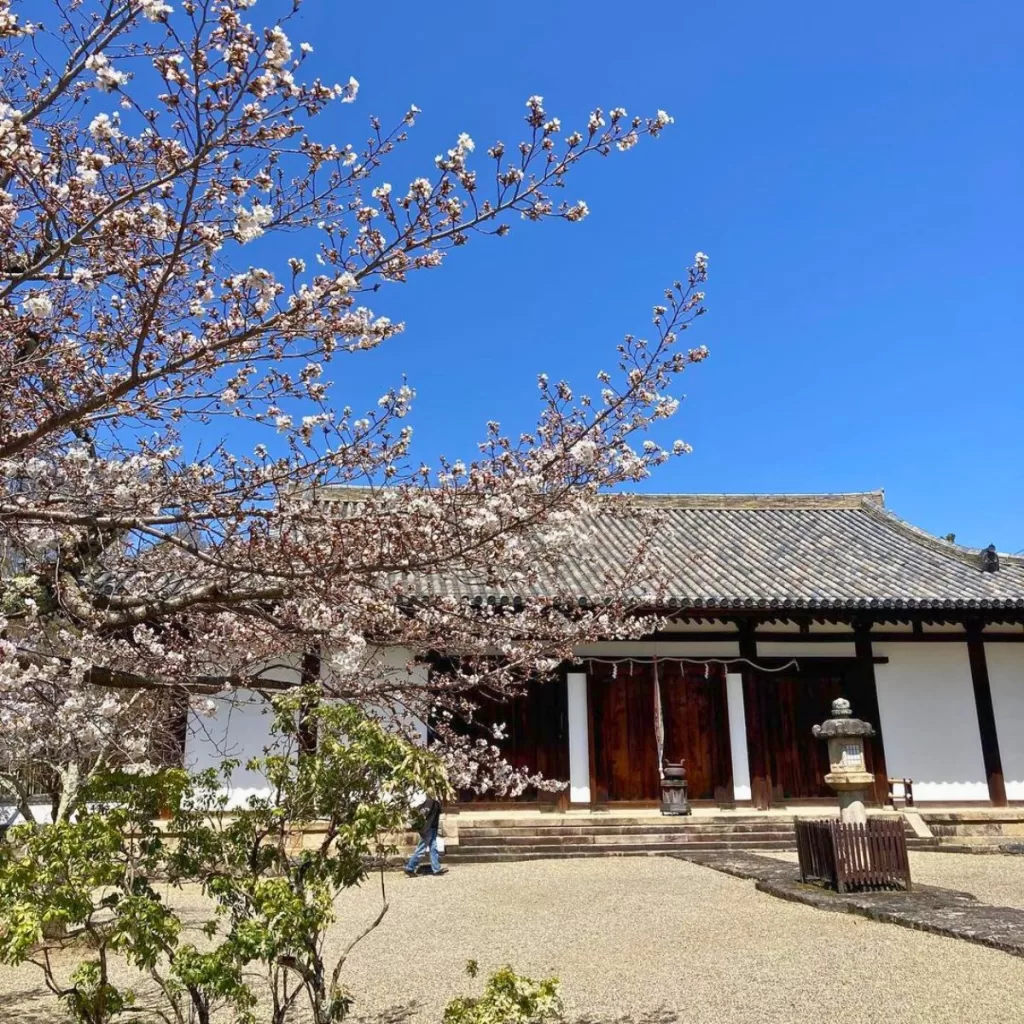
One of Japan’s seven great ancient temple complexes, Shin-Yakushiji Temple, is the headquarters of the Hosso Buddhist sect and houses over 100 national treasures, including ancient sculptures, tombs, pagodas, and architecture. Founded in 747 by Empress Komyo, a tour through the temple lets you see well-preserved artwork and structures that convey Shin-Yakushiji’s influential past as part of Nara’s powerful seven great temples.
Gangoji Temple
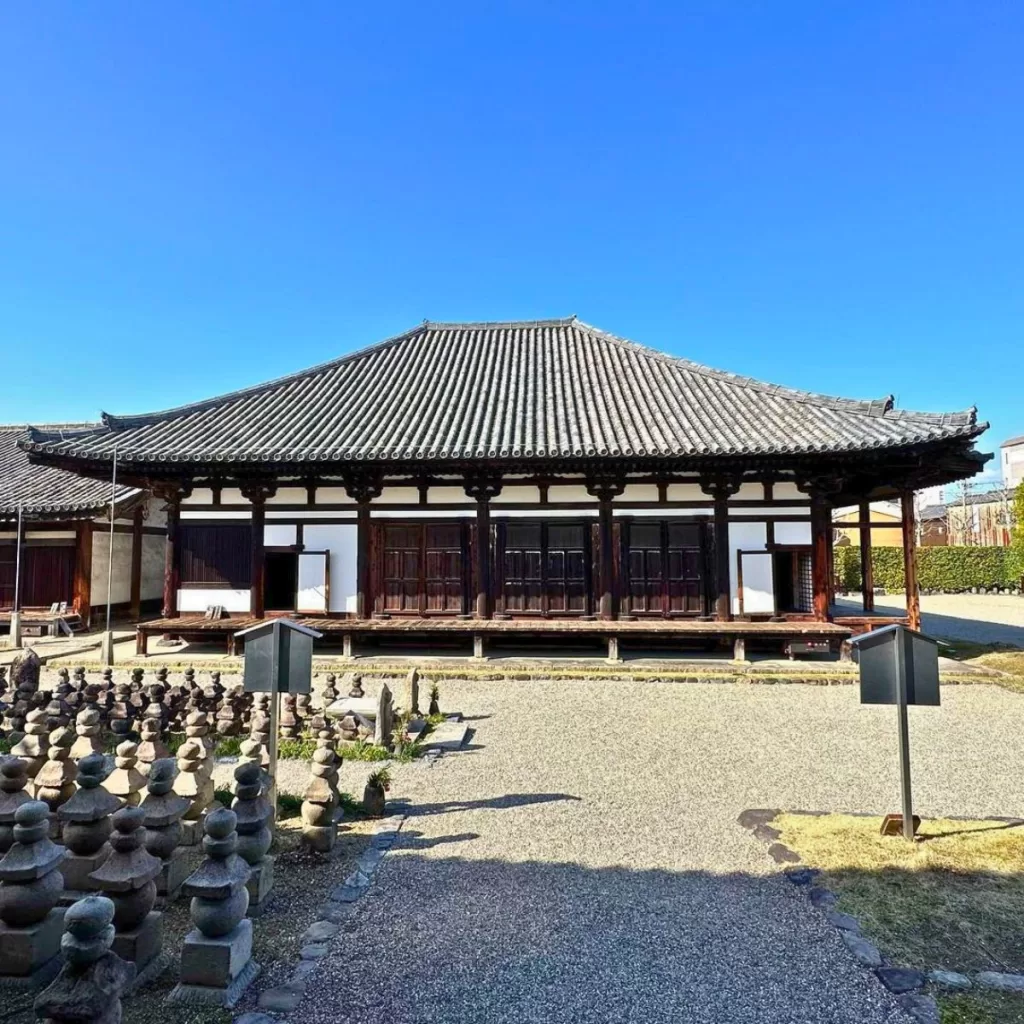
Originally known as Asuka Temple, Gangoji Temple was built in the 7th century as an important center for the Hosso sect of Buddhism. It was later moved to its present location in Nara. Its main National Treasure hall showcases intricate statues of Buddhist deities surrounded by elaborate mythological artwork within the ancient wooden structure. The Arashiyama pagoda on the grounds is also one of Japan’s oldest original pagoda buildings, providing a glimpse into Nara’s early architecture.
Tips for Touring These Majestic Temples
A well-planned visit can maximize the enjoyment of these spiritual sites in Nara. Below are a few useful tips:
Timing Your Visit
Most of these temples are open from dawn to dusk all year round. However, do check individual opening hours before planning your visit.
Comfortable Attire
Since most locations demand hiking and walking – embrace casual attire with comfy footwear!